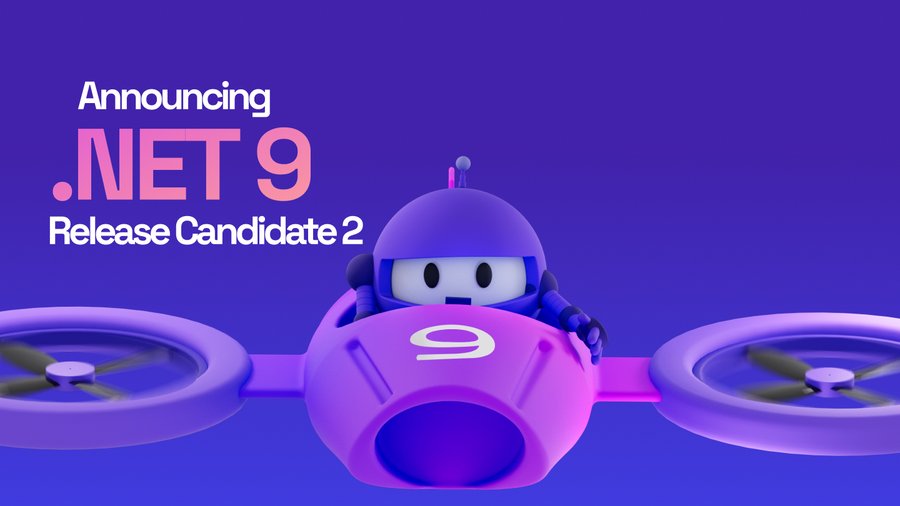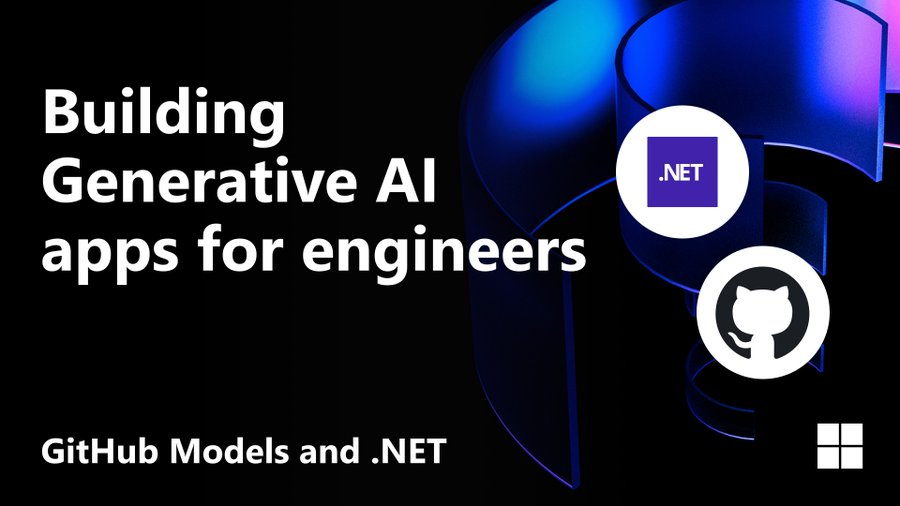This content originally appeared on Telerik Blogs and was authored by Sam Basu
Welcome to the Sands of MAUI—newsletter-style issues dedicated to bringing together the latest .NET MAUI content relevant to developers.
A particle of sand—tiny and innocuous. But put a lot of sand particles together and we have something big—a force to reckon with. It is the smallest grains of sand that often add up to form massive beaches, dunes and deserts.
.NET developers are excited with the reality of .NET Multi-platform App UI (.NET MAUI)—the evolution of modern .NET cross-platform developer technology stack. With stable tooling and a rich ecosystem, .NET MAUI empowers developers to build native cross-platform apps for mobile/desktop from single shared codebase, while inviting web technologies in the mix.
While it may take a long flight to reach the sands of MAUI island, developer excitement around .NET MAUI is quite palpable with all the created content. Like the grains of sand, every piece of news/article/documentation/video/tutorial/livestream contributes towards developer experiences in .NET MAUI and we grow a community/ecosystem willing to learn & help.
Sands of MAUI is a humble attempt to collect all the .NET MAUI awesomeness in one place. Here’s what is noteworthy for the week of October 14, 2024:
.NET 9 Update
Modern .NET is powerful, open-source, cross-platform and welcoming to all, with mature tooling accompanied by rich ecosystems. The next big release of .NET is already in the works—.NET 9 is scheduled for arrival in November 2024. As the latest .NET release gets final touches around performance, stability and additional optimizations, the next milestone has been reached—say hello to .NET 9 Release Candidate 2.
With .NET 9, developers will see significant enhancements across .NET Libraries, Runtime and SDKs, all toward building modern client, cloud native and intelligent apps. Tooling will get better with Visual Studio and Visual Studio Code, and C# continues to evolve to support the next generation of intelligent apps infused with AI.
As with Release Candidate 1, this release is covered by a go-live license, so developers can receive support when using .NET 9 in production apps. Along with .NET 9 RC2, comes fresh new bits for .NET MAUI—this release is focused primarily on quality improvements. One big bit of news for .NET MAUI in .NET 9 RC2 is full compatibility with Xcode 16, which includes SDK support for iOS 18, iPadOS 18, tvOS 18 and macOS Sequoia 15. Developers can get started with .NET 9 RC 2 today—.NET 9 promises great things for the ecosystem.

.NET MAUI 9 APIs
.NET MAUI is the evolution of modern .NET cross-platform development stack, allowing developers to reach mobile and desktop form factors from a single shared codebase. With .NET MAUI 9, there is a clear objective—improve product quality and performance. This is achieved by introducing new framework/UI pieces and enhancing existing features—but also, deprecating certain functionalities. As .NET MAUI gets ready for the .NET 9 wave, it is important that developers know all the changes, and Leomaris Reyes wrote up a wonderful piece—deprecated APIs in .NET MAUI 9.
.NET MAUI 9 will deprecate a few framework features/APIs. These were once useful, but they’ve been replaced by alternatives that achieve the same results with better performance. Leomaris has a comprehensive list of APIs in .NET MAUI 9 that have been marked as obsolete and will be removed in future versions.
The article talks through the list of changes developers should be cognizant of—transitioning from Frame to Border, RelativeLayout, most things in the Microsoft.Maui.Controls.Compatibility namespace, legacy Measure calls and MainPage to set the initial app view. Knowledge is key for cross-platform frameworks, and developers will do well understanding what is slowly changing for the better with .NET MAUI 9.

Generative AI Demystified
It is the age of artificial intelligence (AI). AI is slowly changing the way we live and work, and AI’s popularity is driving adoption in enterprise and consumer apps. AI presents a huge opportunity for .NET developers to infuse apps with solutions powered by generative AI and large language models (LLMs), as well as boost developer productivity. However, AI conversations these days often feels like buzzword bingo with a high barrier to entry. Things may seem less complex with a better understanding of the underlying technologies, and an aging developer wants to help—time to demystify modern AI.
While today’s hype may sound almost magical, there seem to be quite a few myths around AI—only to be debunked by clear developer understanding of AI core concepts. AI history goes long back, but generative AI today employs layers of neural networks to process huge amounts of data and attempts to understand/converse in human language—generating satisfactory text, code, images, videos, audio and various other types of outputs.
Modern generative AI operates on foundational general purpose LLMs—this is a tech-tonic shift in how AI models function and the amount of computing they operate on. While extremely capable, developers will do well knowing some nuances of generative AI models—they’re not predictable, don’t learn over time, are stateless by design, don’t actually do things and operate over token-bound contextual windows. Public AI services get much attention, but developers get to choose how to make AI work for enterprise workflows—small language models and grounding outputs with reliable knowledge sources are great ways to make modern AI more accessible and open opportunities for integration with .NET apps.

Unified AI Building Blocks
AI presents a huge opportunity for .NET developers to infuse apps with solutions powered by generative AI and large language models—however, things on the AI front evolve rapidly. There are already various popular generative AI models/endpoints and differences in what developers need to do to infuse apps with AI smartness. The .NET team wants to help with some common abstractions, and Luis Quintanilla wrote up the announcement—introducing Microsoft.Extensions.AI Preview for unified AI building blocks in .NET.
While AI capabilities are rapidly evolving, there are some common patterns emerging and unified abstractions will be crucial for developers to work effectively across different sources. Middleware can add valuable functionality and plumbing across AI models, without burdening producers and benefiting consumers immediately.
Microsoft.Extensions.AI is a set of core .NET libraries developed in collaboration with developers across the .NET ecosystem, including Semantic Kernel. These libraries provide a unified layer of C# abstractions for interacting with AI services, such as small and large language models (SLMs and LLMs), embeddings and middleware. Microsoft.Extensions.AI offers a unified API abstraction for AI services—standard implementations for caching, telemetry, tool calling and other common tasks that work with any provider.
Luis writes up a comprehensive summary of how developers can get started with Microsoft.Extensions.AI and the common plumbing offered when talking to various AI model endpoints—this is a great step forward in shaping the future of AI development with .NET.

GitHub Models with .NET
While modern AI is full of promise, .NET developers are often tasked with integrating backend and frontend code with AI models—there can be some major blockers with lack of easy access to open/closed models. Developers need to tinker with parameters/configurations to various AI models before integration works, and GitHub wants to makes things easier. April Yoho wrote up the announcement—say hello to GitHub Models for .NET engineers to build generative AI apps.
GitHub Models is in private beta today and aims to break down the barriers to entry—.NET developers get easy access to various AI models from GPT-4o, Phi 3, Mistral Large 2 or Llama 3.1. April walks through how developers can get started with GitHub Models—it is as easy as choosing the preferred AI model and starting to tinker.
The biggest benefit is a built-in Playground across various AI endpoints—developers can adjust model parameters and submit prompts to see how the AI model responds, right within the GitHub UI. Once ready and successful in the playground, GitHub has created a seamless path that allows developers to bring models/parameters/prompts as code to preferred development environments, like GitHub Codespaces or VS Code. GitHub Models is also production-ready as it leverages Azure AI, which has built-in responsible AI, enterprise-grade security and data privacy.

That’s it for now.
We’ll see you next week with more awesome content relevant to .NET MAUI.
Cheers, developers!
This content originally appeared on Telerik Blogs and was authored by Sam Basu
Sam Basu | Sciencx (2024-10-14T16:03:51+00:00) Sands of MAUI: Issue #163. Retrieved from https://www.scien.cx/2024/10/14/sands-of-maui-issue-163/
Please log in to upload a file.
There are no updates yet.
Click the Upload button above to add an update.
